Porcelain kitchen sinks can easily get dirty and stained from daily use. One of the best ways to clean them is by using a mixture of baking soda and water. Baking soda is a gentle yet effective cleaner that can remove tough stains and grime without damaging the porcelain surface. To create the mixture, simply mix equal parts of baking soda and water in a bowl until it forms a paste-like consistency.1. Use a Mixture of Baking Soda and Water to Scrub the Sink
When cleaning your porcelain kitchen sink, it's important to use a soft sponge or cloth to avoid scratching the surface. Porcelain is a delicate material and can easily get scratched by abrasive cleaners or tools. Using a soft sponge or cloth will help to gently remove dirt and stains without causing any damage.2. Use a Soft Sponge or Cloth to Avoid Scratching the Porcelain
After scrubbing the sink with the baking soda mixture, it's important to rinse it thoroughly with warm water. This will help to remove any remaining residue and leave your sink sparkling clean. Make sure to use warm water as it can help to dissolve and remove grease and grime more effectively than cold water.3. Rinse the Sink Thoroughly with Warm Water
If your porcelain sink has tough stains that won't come off with just baking soda, try using a vinegar and water solution. Mix equal parts of white vinegar and water in a spray bottle and spray it onto the stained areas. Let it sit for a few minutes before scrubbing with a soft sponge or cloth. The acidity of the vinegar will help to break down and remove stubborn stains.4. Use a Vinegar and Water Solution to Remove Tough Stains
As mentioned earlier, abrasive cleaners or tools can easily scratch and damage your porcelain kitchen sink. Avoid using products with harsh chemicals or rough surfaces, such as steel wool, as they can leave permanent scratches on the porcelain surface. Stick to gentle cleaners and tools to keep your sink looking like new.5. Avoid Using Abrasive Cleaners or Tools
When cleaning your sink, don't forget about the hard-to-reach areas, such as around the drain and faucet. These areas can easily accumulate dirt and grime, so it's important to give them a good scrubbing. A toothbrush is the perfect tool for this job as it can reach into tight spaces and remove any buildup.6. Use a Toothbrush to Clean Hard-to-Reach Areas
After cleaning your sink, make sure to dry it with a soft cloth to prevent water spots from forming. Water spots can make your sink look dull and dirty, so it's important to dry it thoroughly after use. A soft cloth will also help to buff the surface and leave it looking shiny and clean.7. Dry the Sink with a Soft Cloth to Prevent Water Spots
If your porcelain sink has rust stains, try using a mixture of lemon and salt to remove them. The citric acid in lemon and the abrasive texture of salt can help to break down and remove rust stains. Simply sprinkle some salt onto the stained area and scrub it with half a lemon. Rinse with warm water and repeat if necessary until the stains are gone.8. Use a Lemon and Salt Mixture to Remove Rust Stains
Leaving standing water in your sink for extended periods of time can cause stains and damage to the porcelain surface. It's important to drain the water and dry the sink after use to prevent this. If you have a habit of leaving dishes in the sink, try to rinse them off and put them in the dishwasher instead.9. Avoid Leaving Standing Water in the Sink for Extended Periods of Time
The best way to keep your porcelain kitchen sink looking clean and pristine is by regularly cleaning and drying it. Make it a habit to wipe down the sink after each use and give it a thorough cleaning at least once a week. This will prevent buildup and stains from forming, making your cleaning routine much easier and more effective.10. Regularly Clean and Dry the Sink to Prevent Buildup and Stains
The Importance of Keeping Your Porcelain Kitchen Sink Clean

Why a Clean Kitchen Sink is Essential for a Healthy Home
 Keeping your
porcelain kitchen sink
clean is not just about maintaining the aesthetics of your kitchen, it is also crucial for the overall health and well-being of your household. Your kitchen sink is one of the most frequently used areas in your home, from washing dishes and preparing food to filling up water bottles and even washing your hands. As a result, it can quickly become a breeding ground for bacteria, mold, and other harmful germs if not properly cleaned and maintained.
Keeping your
porcelain kitchen sink
clean is not just about maintaining the aesthetics of your kitchen, it is also crucial for the overall health and well-being of your household. Your kitchen sink is one of the most frequently used areas in your home, from washing dishes and preparing food to filling up water bottles and even washing your hands. As a result, it can quickly become a breeding ground for bacteria, mold, and other harmful germs if not properly cleaned and maintained.
The Best Way to Clean Your Porcelain Kitchen Sink
 Now that we understand the importance of keeping our
kitchen sink
clean, let's discuss the best way to do so. First and foremost, it is important to note that porcelain sinks are delicate and require gentle cleaning methods to prevent scratches and damage. Harsh chemicals and abrasive cleaning tools should be avoided at all costs. Instead, opt for natural cleaning solutions such as a mixture of baking soda and water or white vinegar and water.
Now that we understand the importance of keeping our
kitchen sink
clean, let's discuss the best way to do so. First and foremost, it is important to note that porcelain sinks are delicate and require gentle cleaning methods to prevent scratches and damage. Harsh chemicals and abrasive cleaning tools should be avoided at all costs. Instead, opt for natural cleaning solutions such as a mixture of baking soda and water or white vinegar and water.
Step-by-Step Guide to Cleaning Your Porcelain Kitchen Sink
 1. Begin by rinsing your
kitchen sink
with warm water to remove any loose debris or food particles.
1. Begin by rinsing your
kitchen sink
with warm water to remove any loose debris or food particles.
2. Create a paste using baking soda and water, and apply it to the surface of your sink.
3. Using a soft sponge or cloth, gently scrub the sink in circular motions, paying extra attention to any stained or dirty areas.
4. For tougher stains, let the baking soda paste sit for a few minutes before scrubbing.
5. Rinse the sink thoroughly with warm water.
6. To disinfect your sink, mix equal parts white vinegar and water in a spray bottle and spray it onto the surface of your sink.
7. Let it sit for a few minutes before wiping it off with a clean cloth or paper towel.
8. For a shiny finish, you can use a small amount of mineral oil on a cloth to buff the sink.
9. Finally, rinse your sink with warm water and dry it with a clean cloth.
Preventative Measures to Keep Your Porcelain Kitchen Sink Clean
 In addition to regularly cleaning your
porcelain kitchen sink
, there are some preventative measures you can take to keep it clean and in good condition. Avoid leaving dirty dishes in the sink for extended periods and always rinse off food debris before placing dishes in the sink. You can also use a sink strainer to prevent food particles from clogging your drain.
In addition to regularly cleaning your
porcelain kitchen sink
, there are some preventative measures you can take to keep it clean and in good condition. Avoid leaving dirty dishes in the sink for extended periods and always rinse off food debris before placing dishes in the sink. You can also use a sink strainer to prevent food particles from clogging your drain.
In Conclusion
 A clean kitchen sink is not only essential for a beautiful and hygienic home, but it is also crucial for the health and well-being of your household. By following the steps above and taking preventative measures, you can ensure that your porcelain kitchen sink remains clean and in good condition for years to come. Remember to use gentle cleaning methods and avoid harsh chemicals to protect the delicate surface of your sink.
A clean kitchen sink is not only essential for a beautiful and hygienic home, but it is also crucial for the health and well-being of your household. By following the steps above and taking preventative measures, you can ensure that your porcelain kitchen sink remains clean and in good condition for years to come. Remember to use gentle cleaning methods and avoid harsh chemicals to protect the delicate surface of your sink.









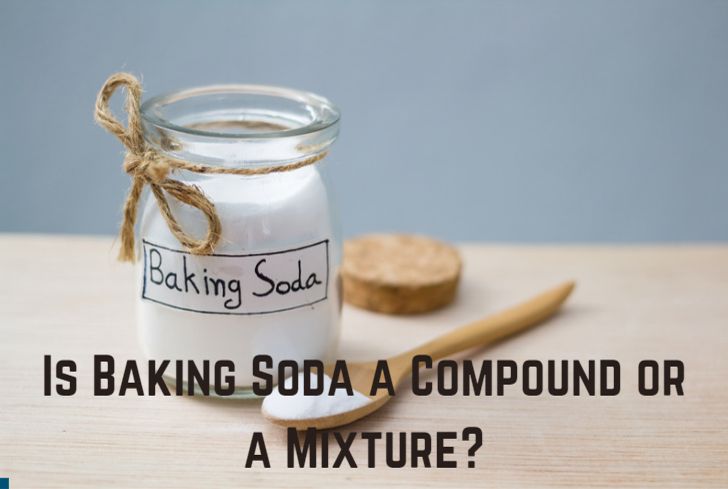


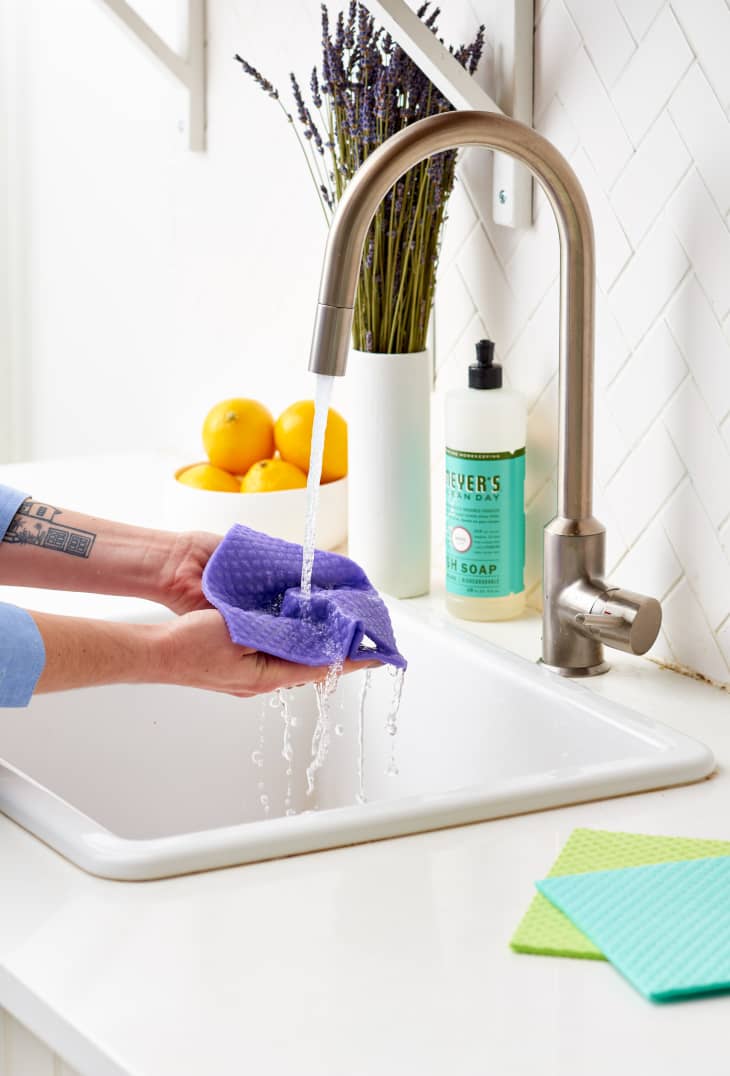



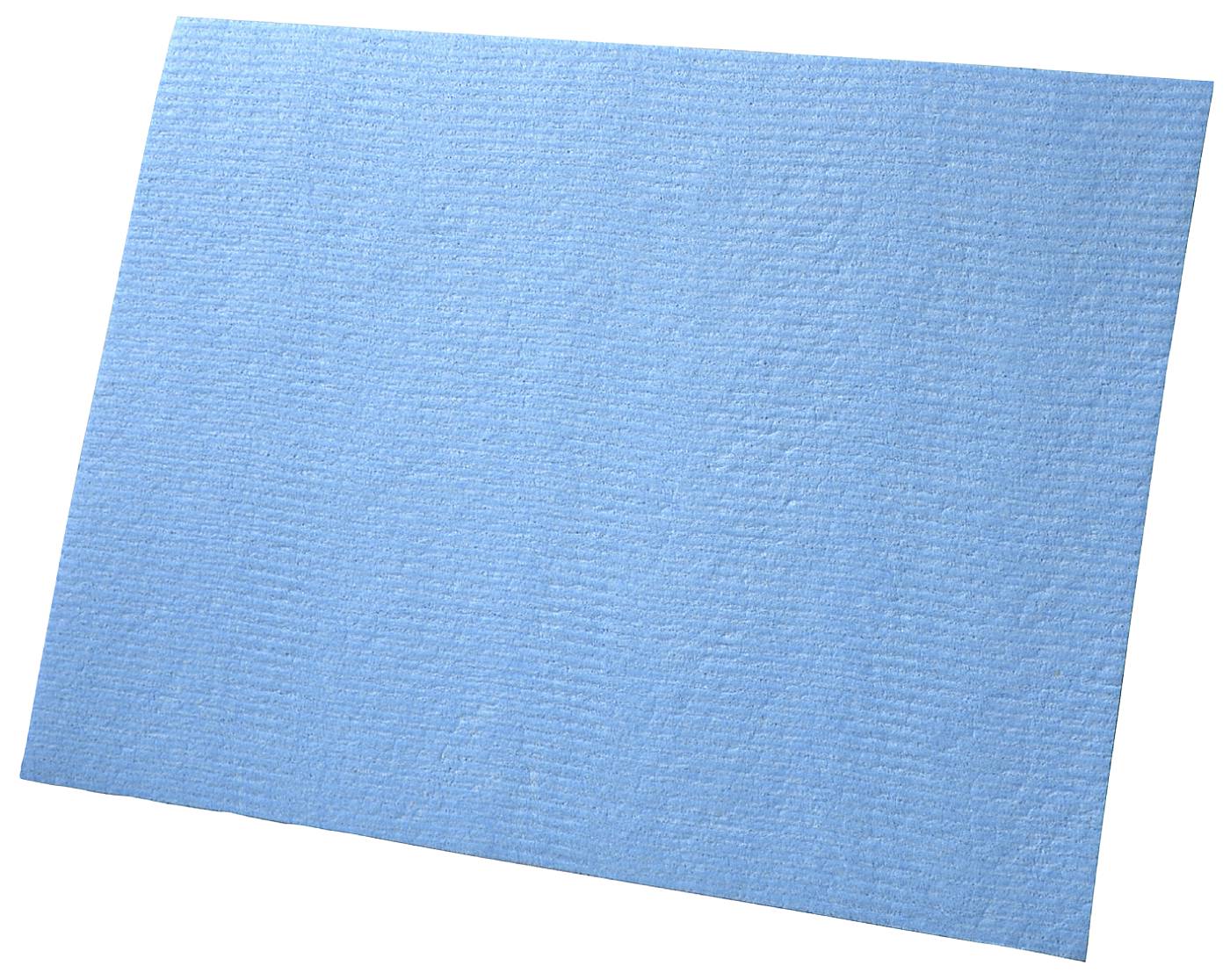
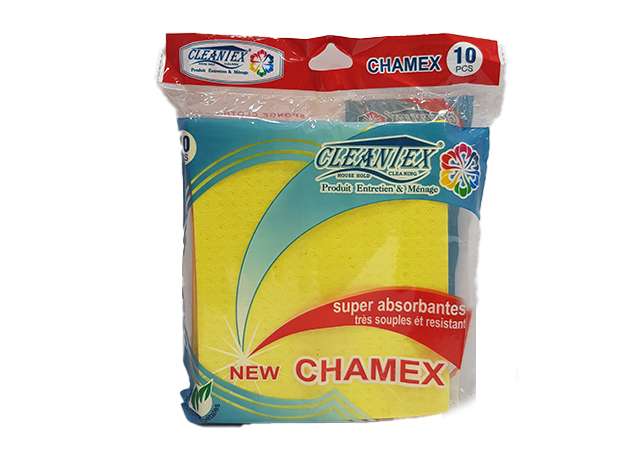










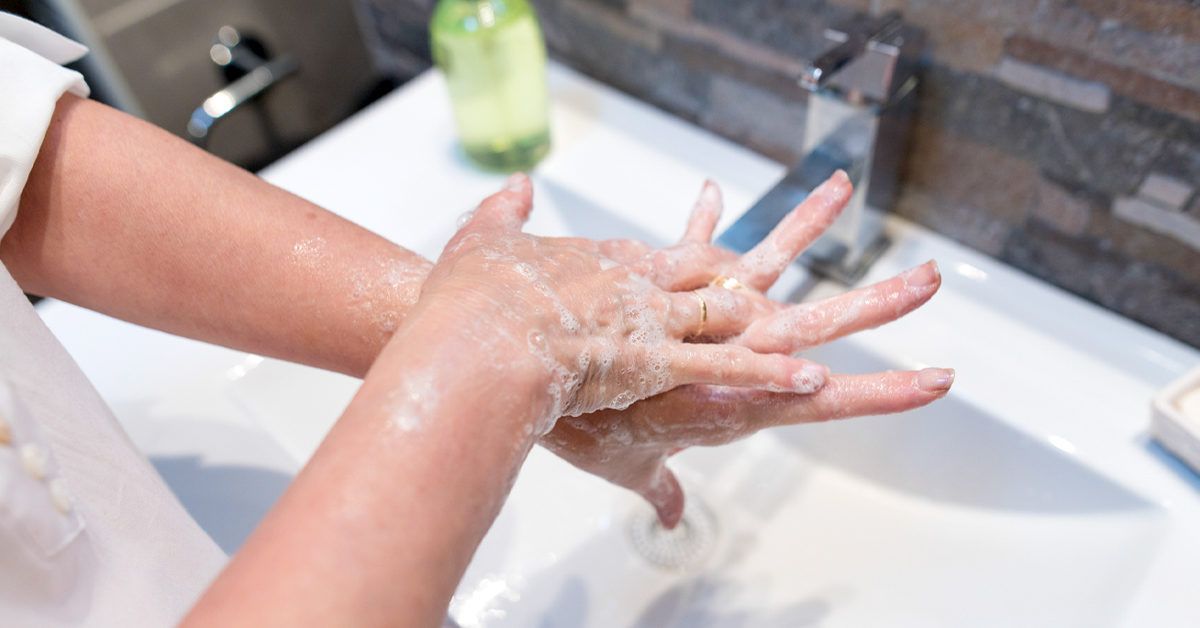
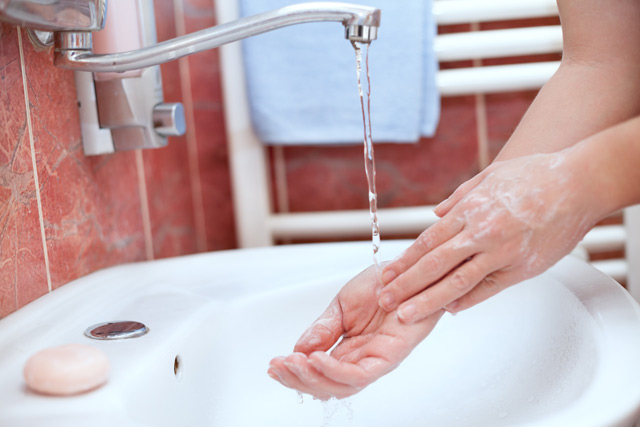





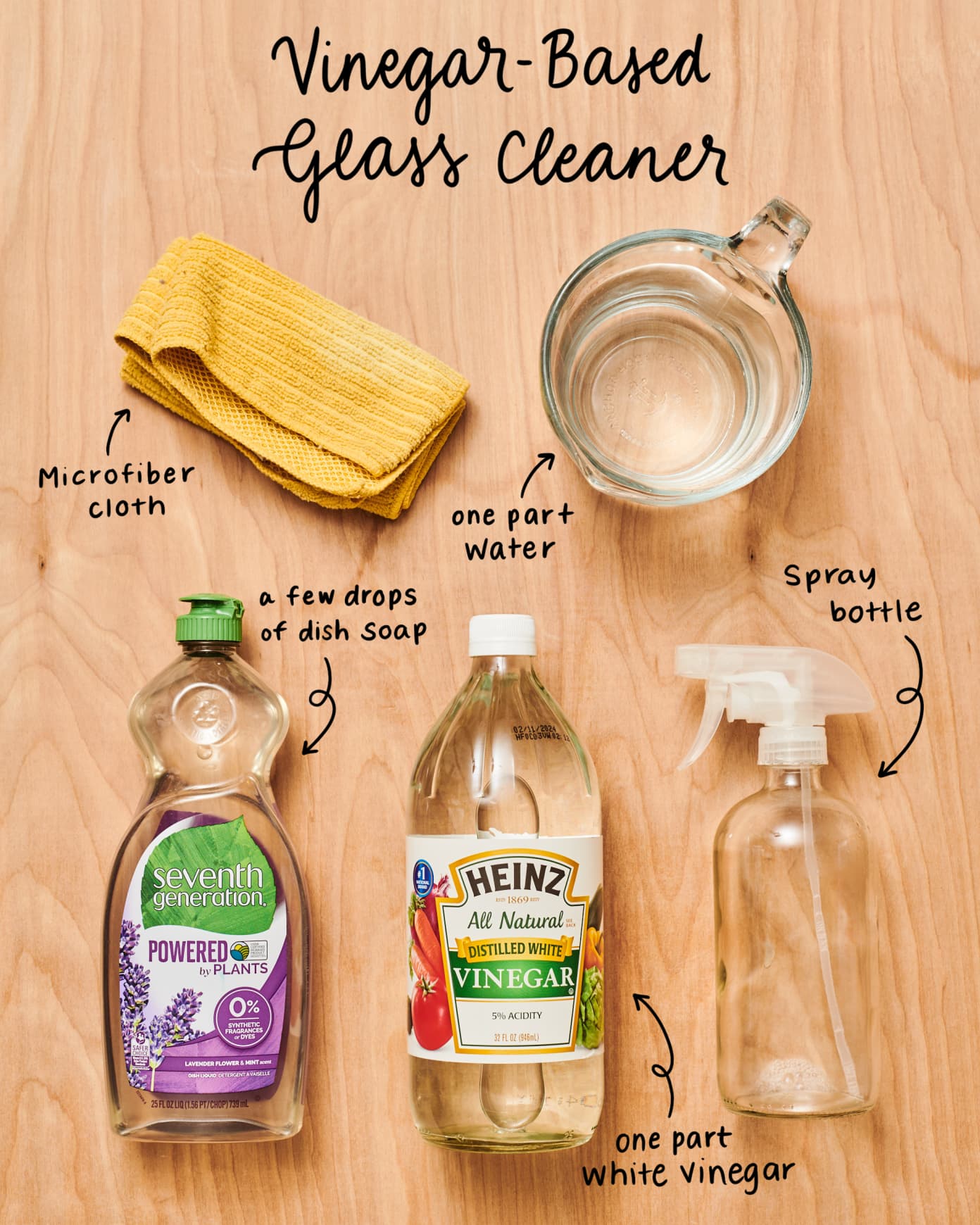





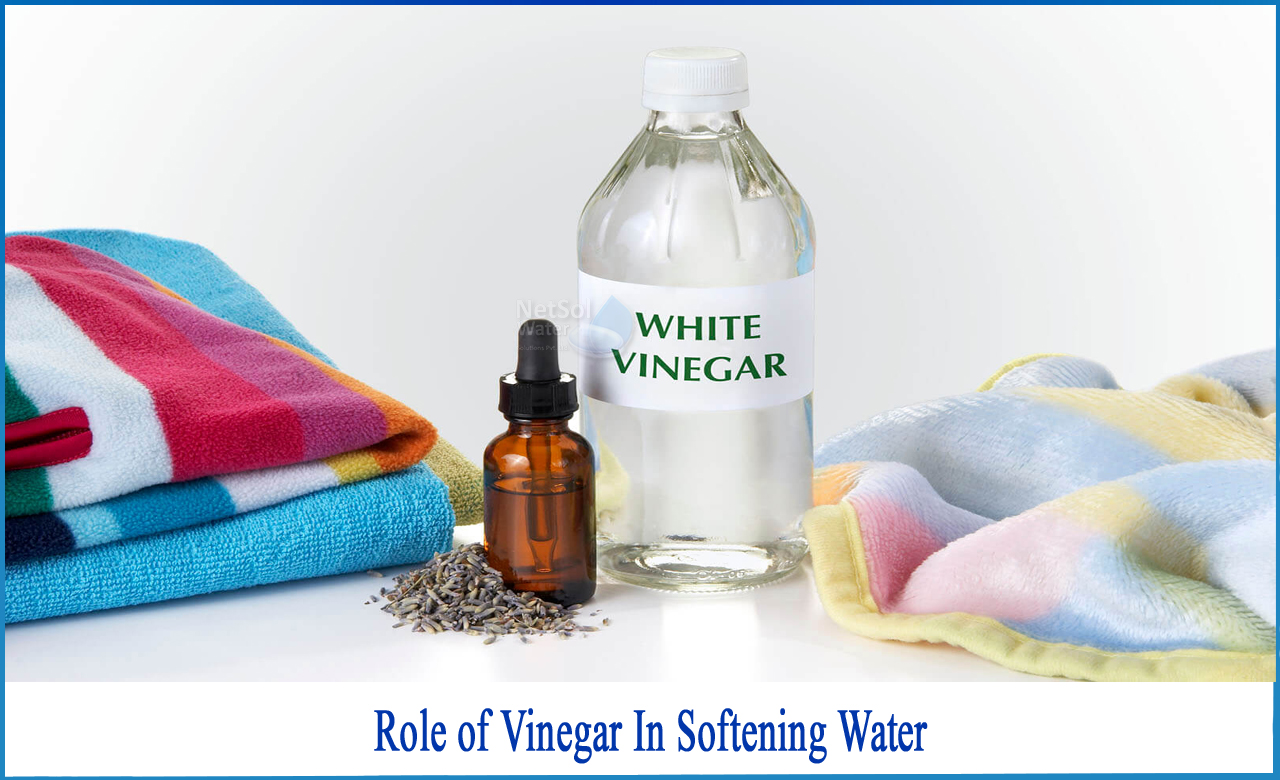
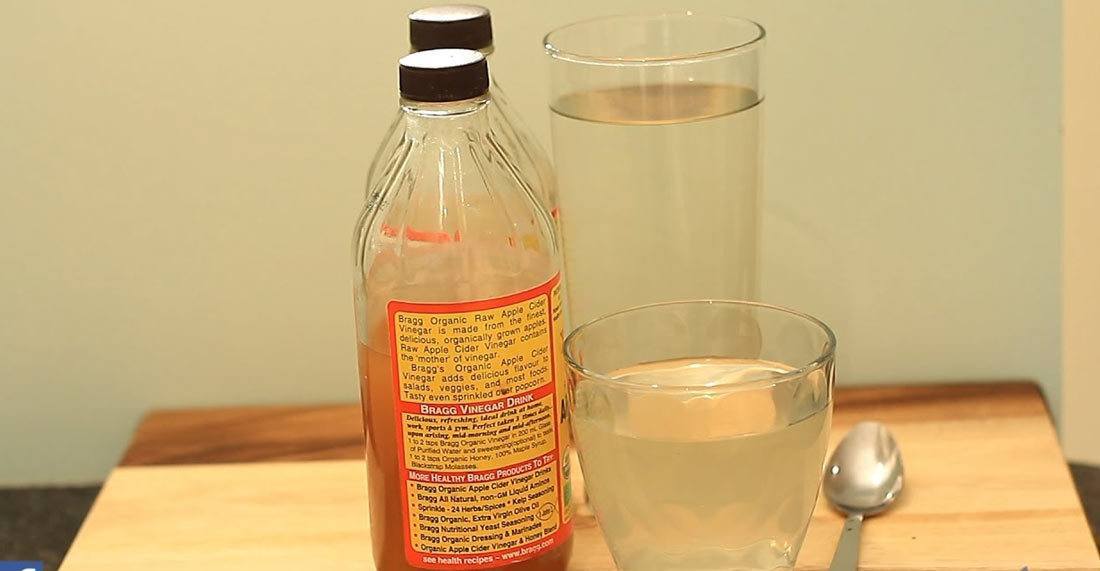
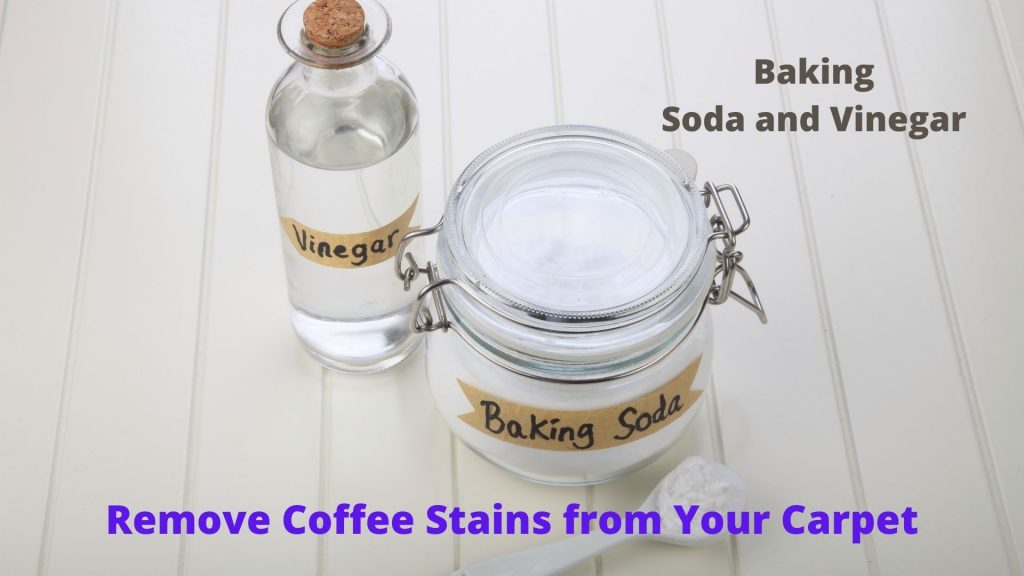




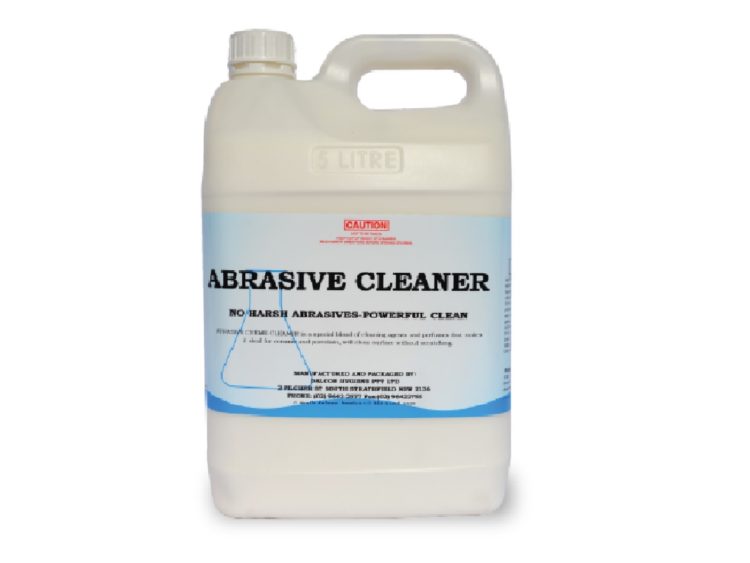
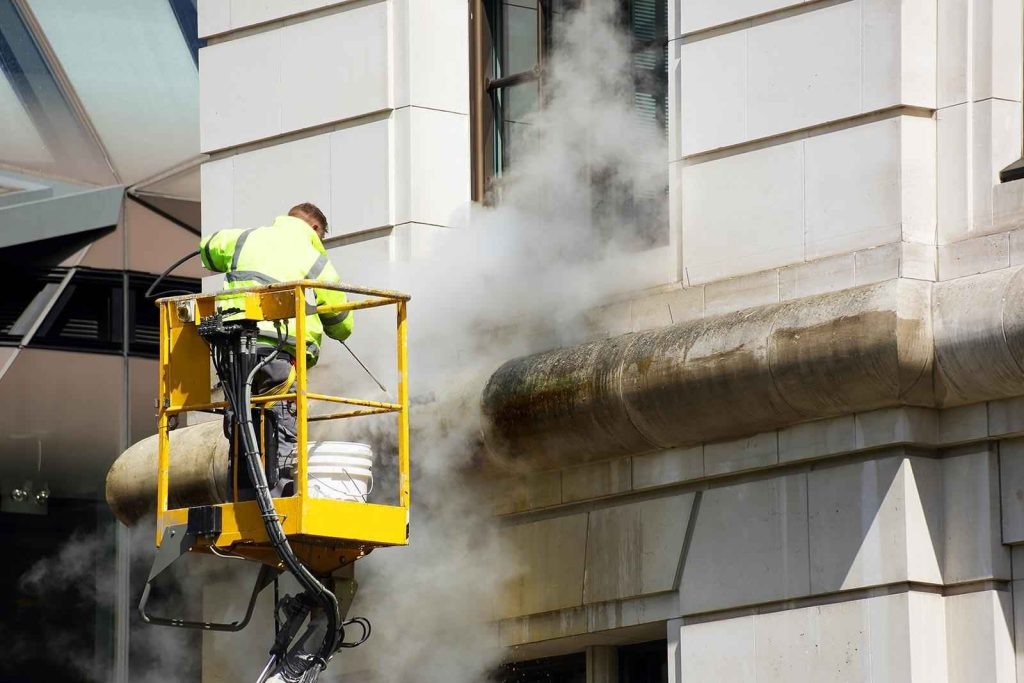

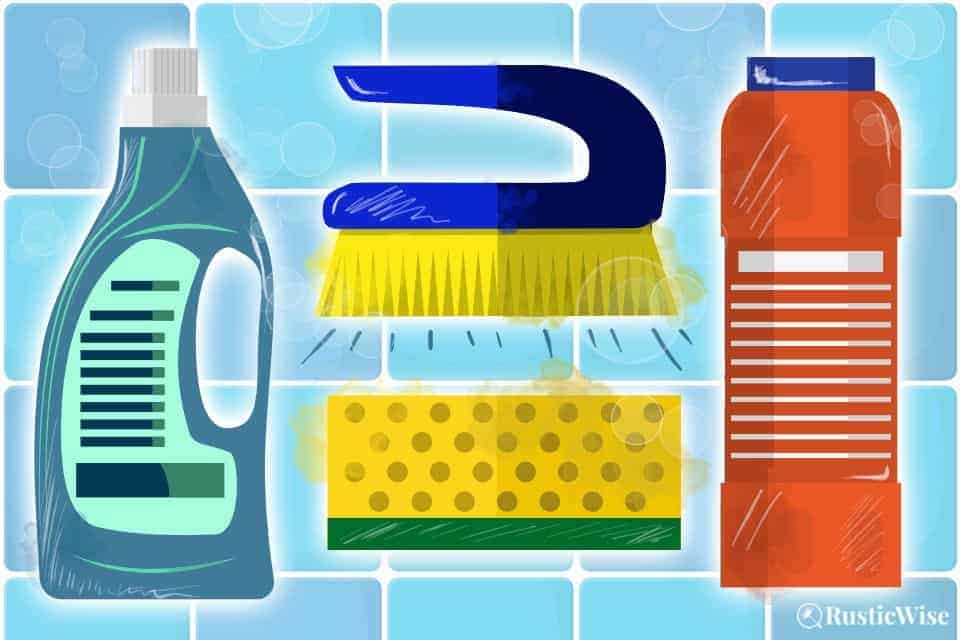
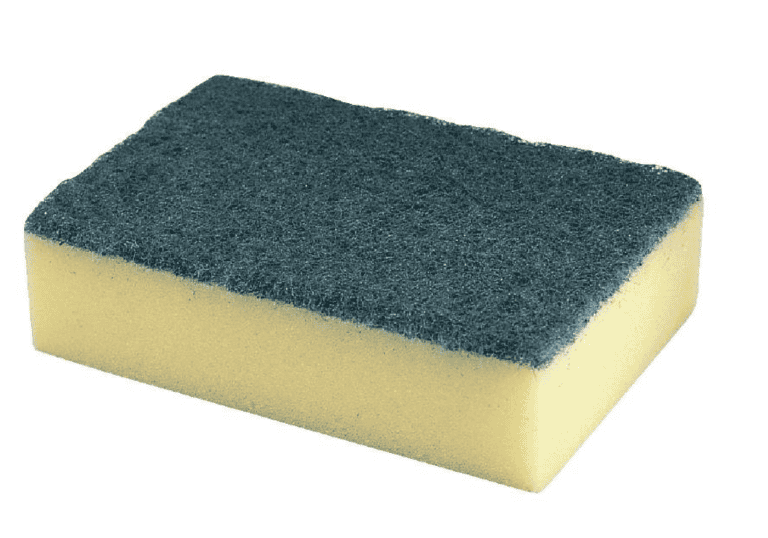

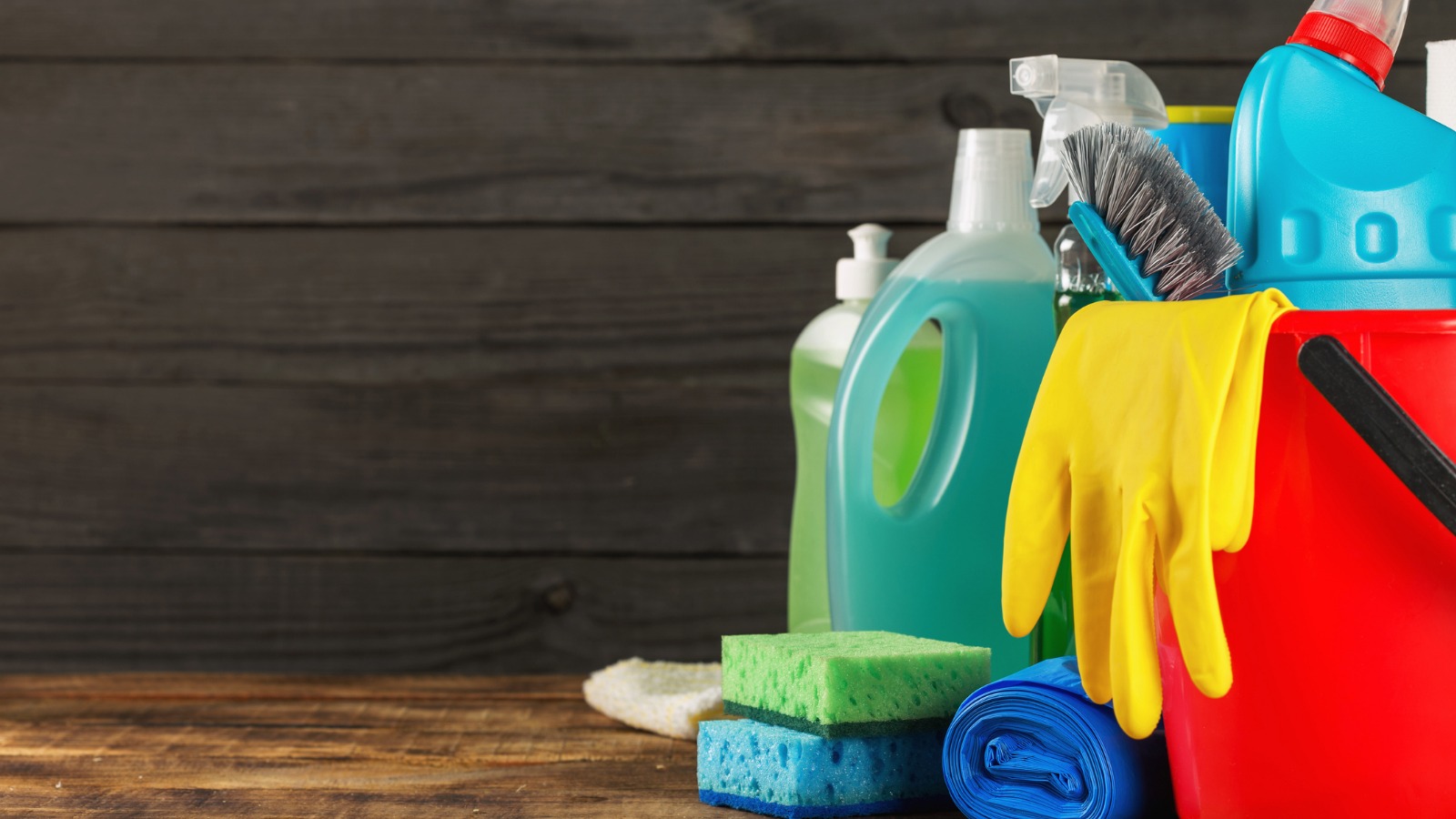
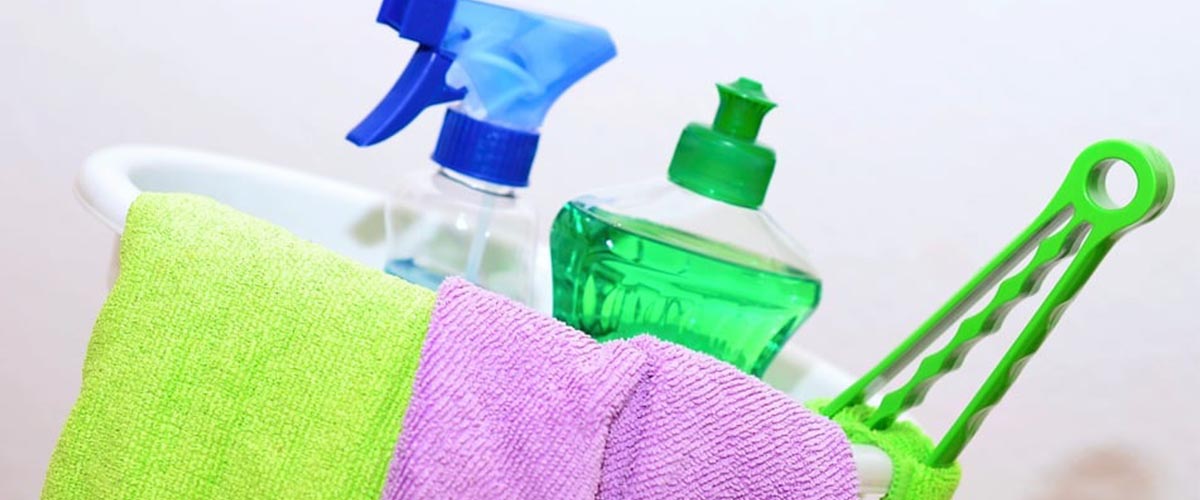

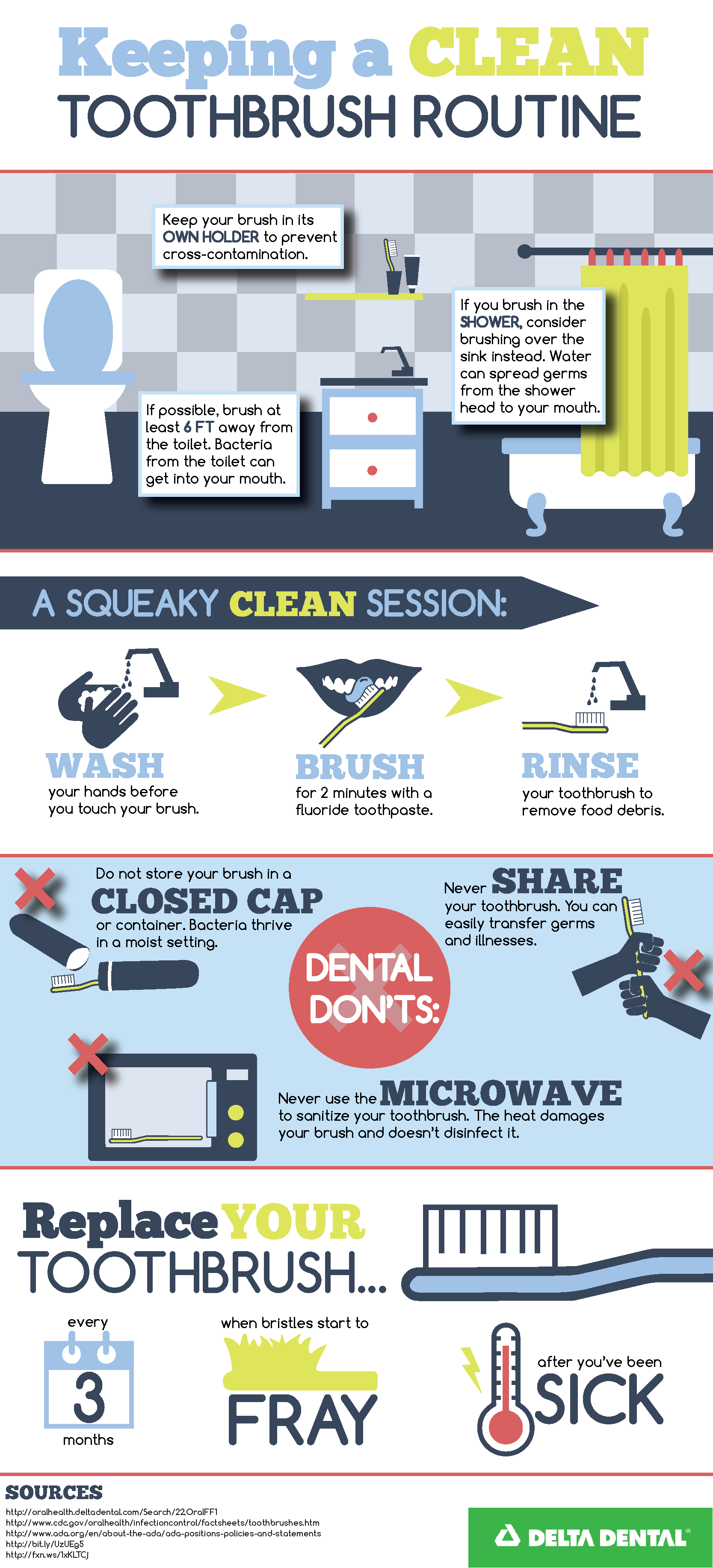
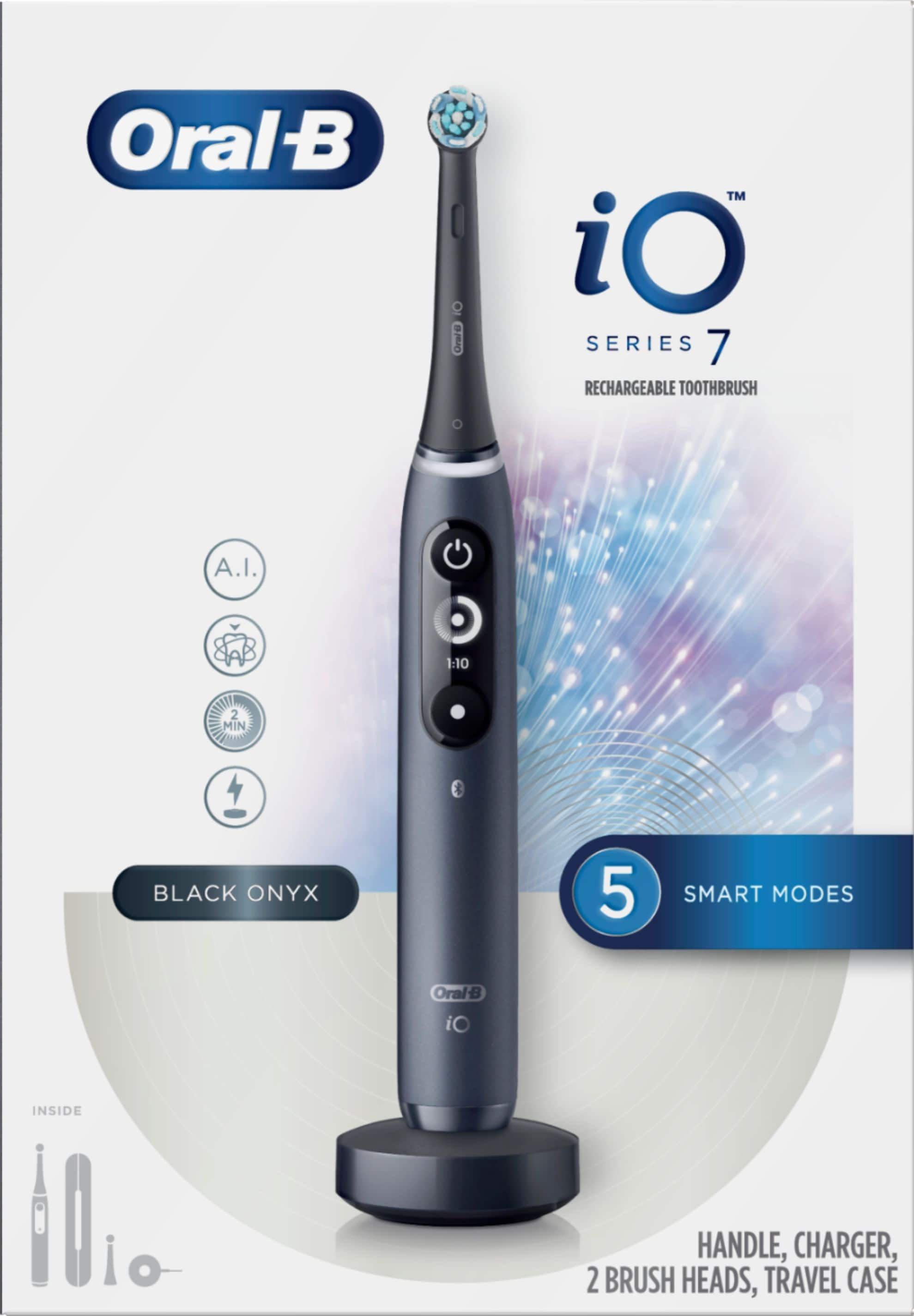




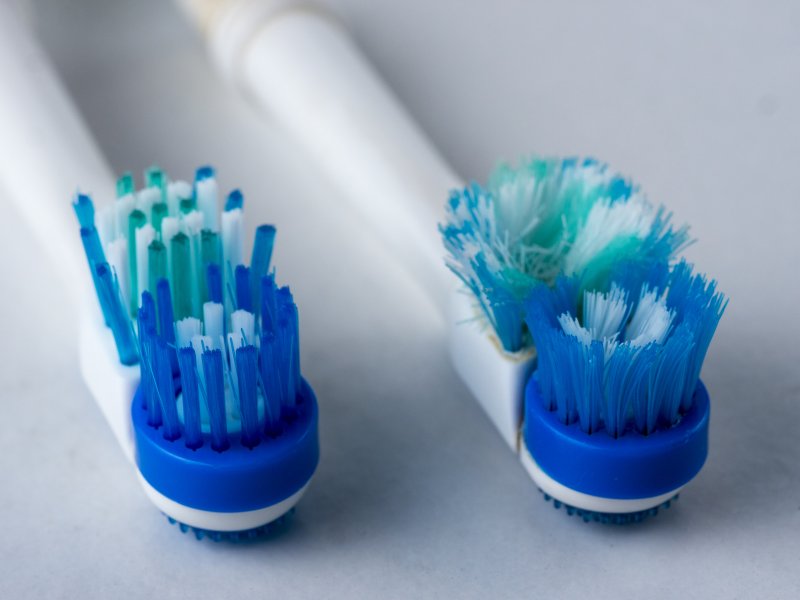

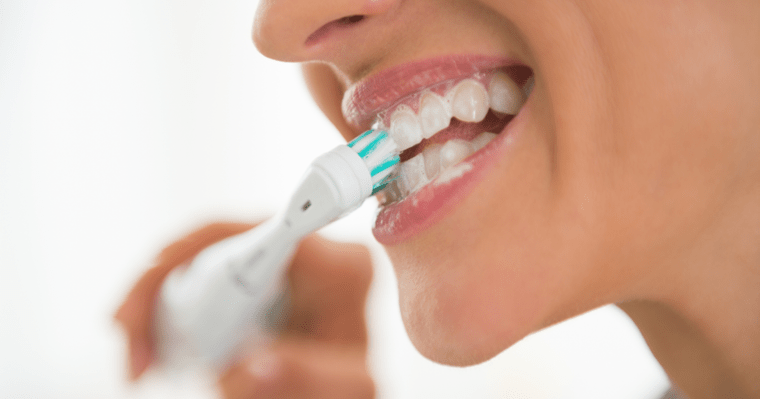


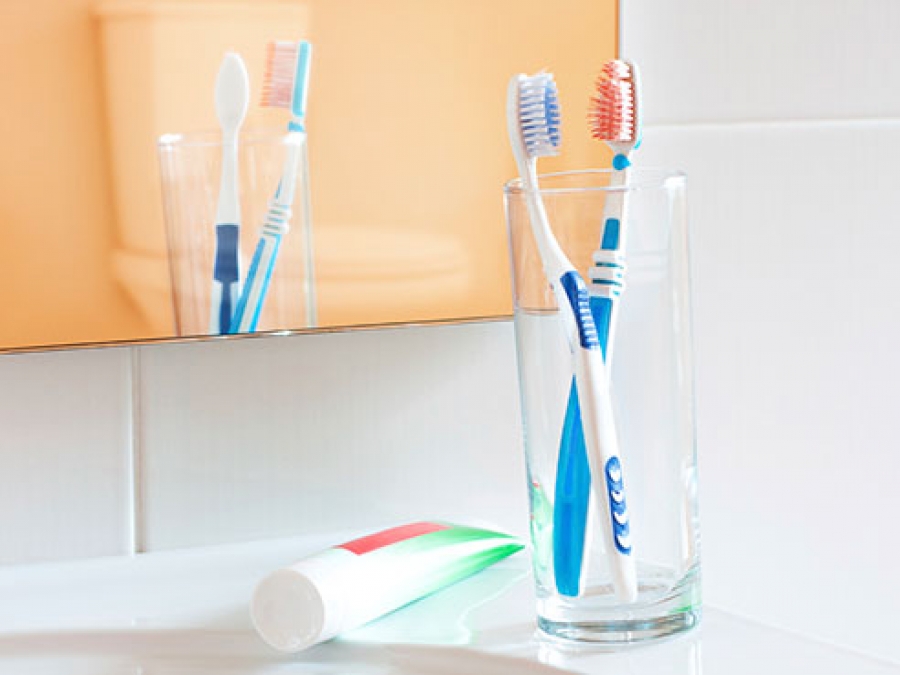
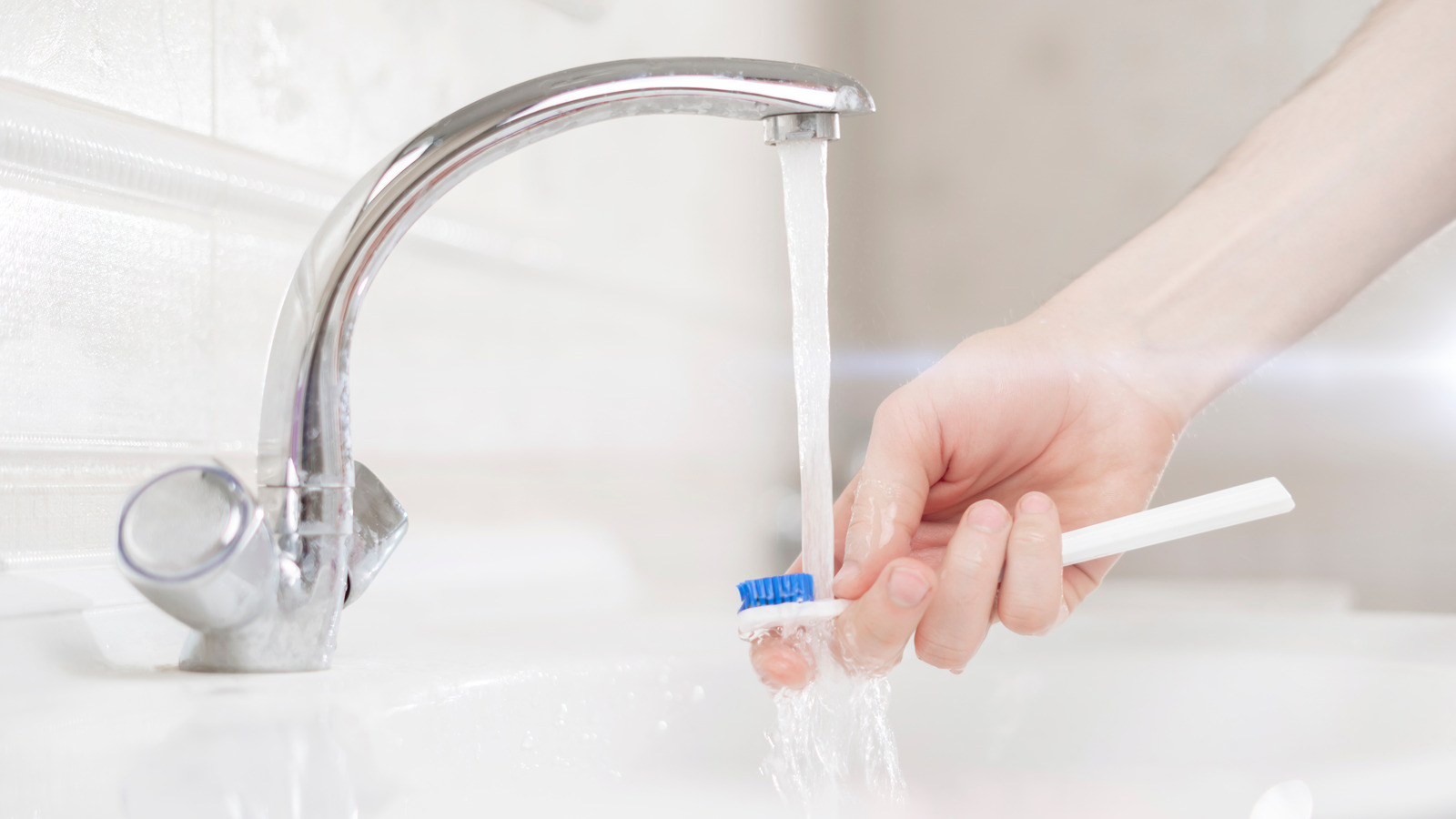







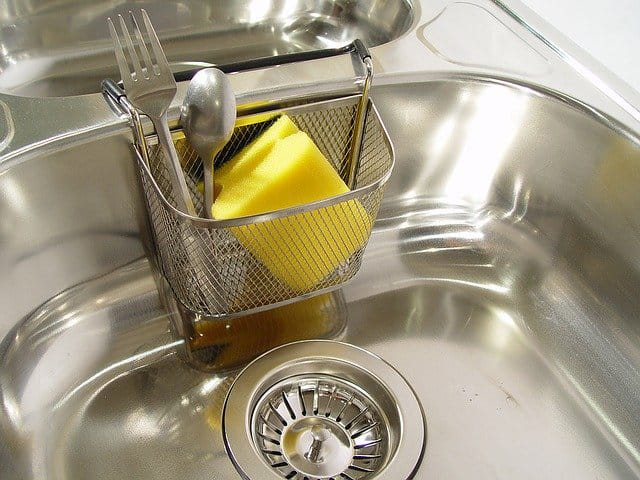

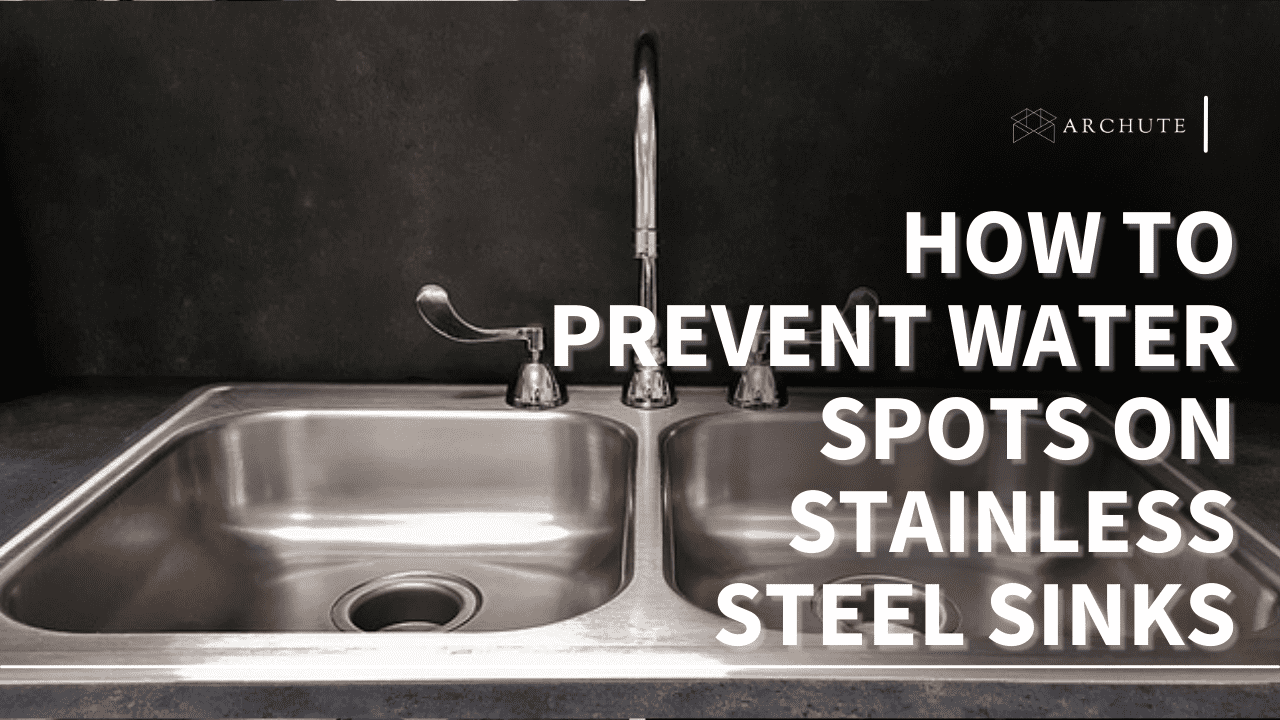
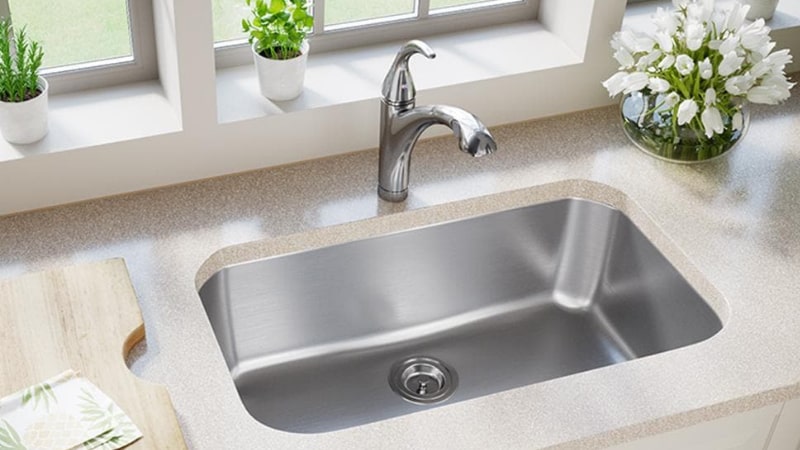





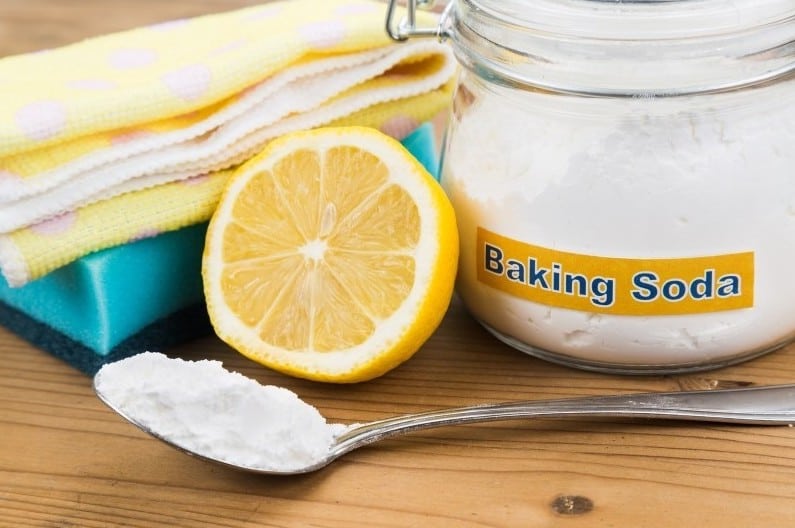


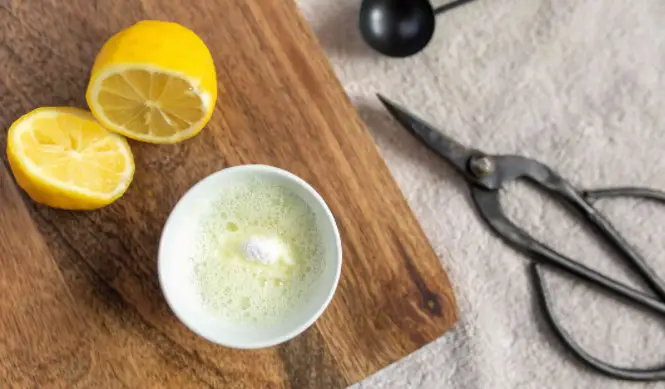


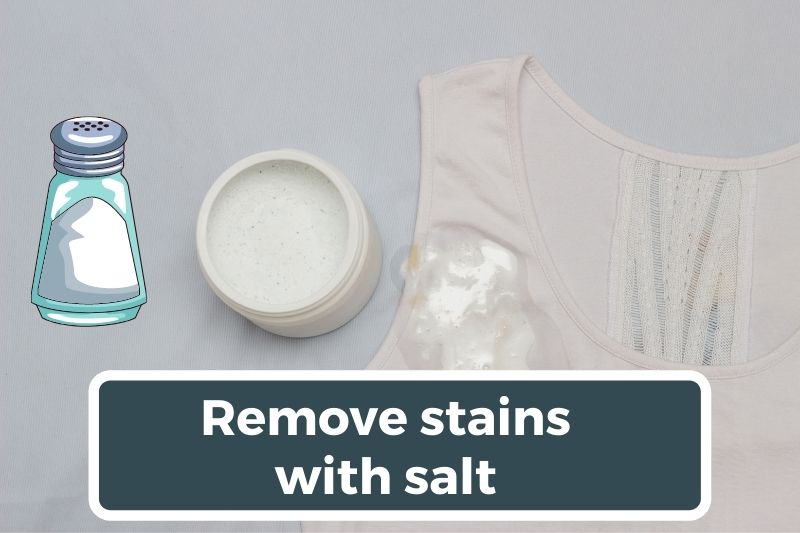






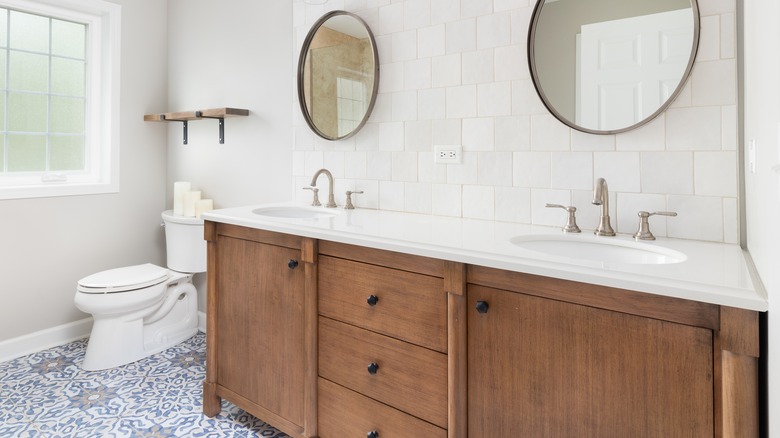


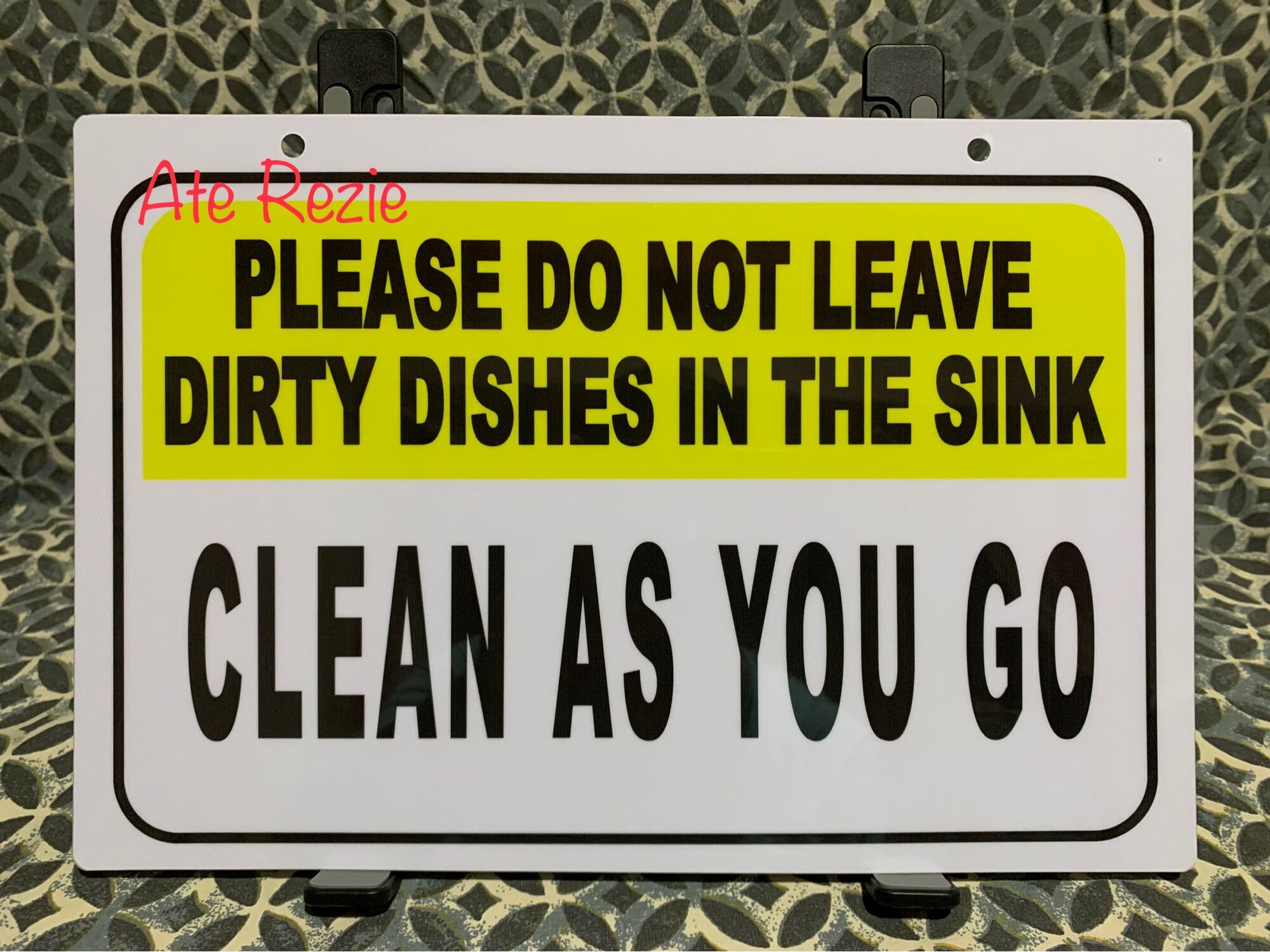












:max_bytes(150000):strip_icc()/how-to-clean-a-copper-sink-4767276-05-a54b0d47425048cb89ccb81cc5bc868d.jpg)







